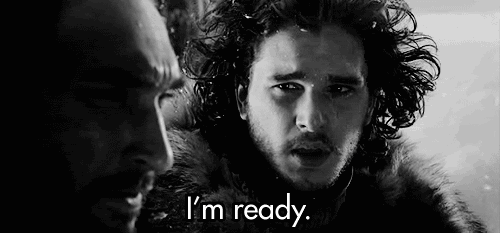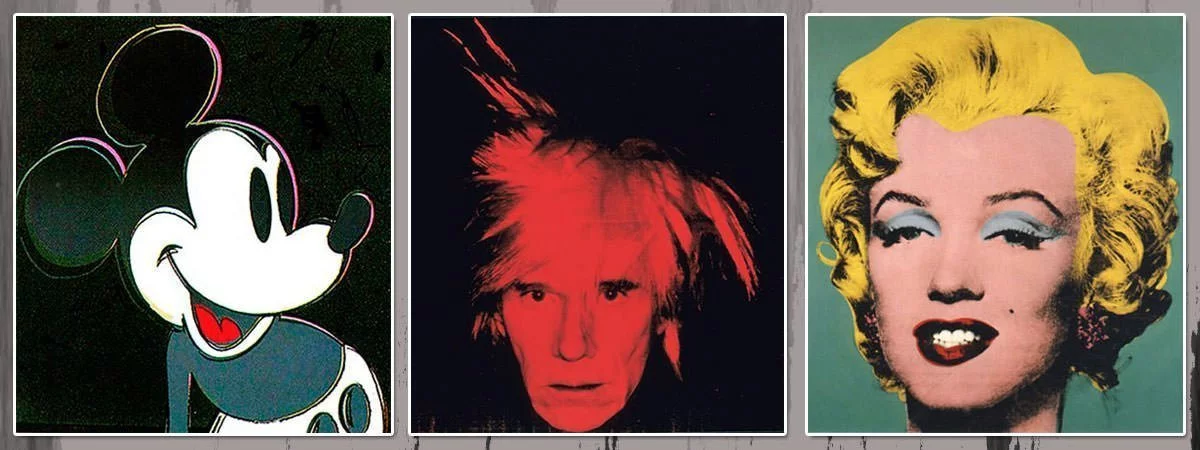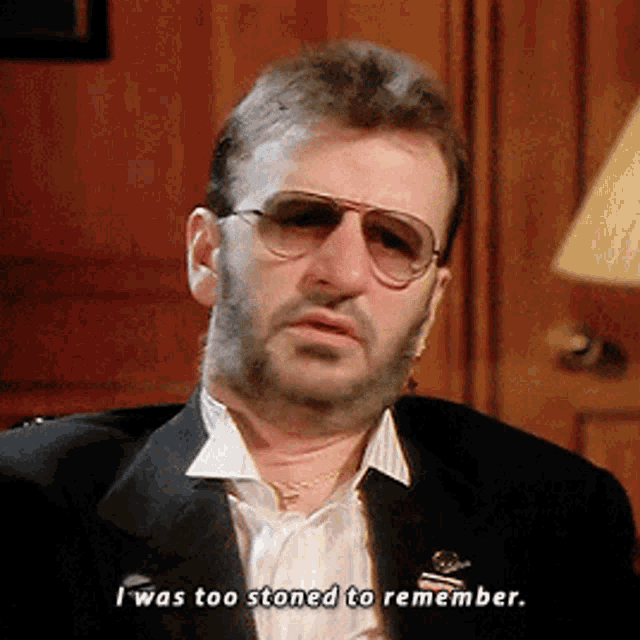
Having been away for eight days on an action-packed holiday, I had no time to listen to any tracks (apart from train tracks as it was rail holiday!). Therefore, on my return, I felt a little unprepared.
It does highlight the importance of practising and listening to the tracks, not only for my own peace of mind and satisfaction, but also to help my fellow trillers and not to get glares and comments from Eamonn!
As the sun was setting over the golf course we commenced with Waterloo Sunset.
This is a song by British rock band The Kinks, composed and produced by Kinks front man Ray Davies.He said he wrote Waterloo Sunset having had the actual melody line in his head for two or three years.

He initially titled the song Liverpool Sunset, but scrapped the Liverpool theme after the release of the Beatles' song Penny Lane.
The lyrics describe a solitary narrator watching (or imagining) two lovers passing over a bridge, with the observer reflecting on the couple, the Thames, and Waterloo station.
Eamonn’s version should be warm, big and expansive. The Ooohs should have length and be moving forward and not short and sharp. Smile as you sing them and you’ll be surprised how it does lift the sound. The key to success is to keep the smile going all the way through to the end!
Then the sopranos sing Sha la la – sounds simple. It is actually simple, but as usual, sopranos find it complicated and not feeling confident in the notes, it comes out sounding like bored backing vocalists. Homework, methinks!
On page eight, the Ooohs become Ohs. Make a note in your music score, so you are ready for the change in sound.
The song ends on one of Eamonn’s extended endings. These are easy as the words and notes are repeated, so you don’t need to look at your music; just keep your heads up and look at Eamonn for timings and ending on a crisp ‘s’ on paradise!

Ralph McTell becomes Streets of London charity ambassador 2018
The Streets of London followed. This is a song In Flagrante has sung before, so a return and refresher for some members, although new to others.
This, like Waterloo Sunset, is a modern-day folk song and tells a story, so enunciate the words so they are clear. Altos, who have the lead, remember the long introduction and don’t come in too soon.
While we had the opportunity, we returned to some songs previously sung like Bridge over Troubled Water. Not two lovers passing over a bridge as in Waterloo Sunset. The title concept was inspired by Claude Jeter's line "I'll be your bridge over deep water if you trust in my name," which Jeter sang with his group, the Swan Silvertones, in the 1959 song "Mary Don't You Weep".
Paul Simon named Johann Sebastian Bach's "O Sacred Head, Now Wounded" as inspiration for parts of the melody.
As this was a real In Flagrante oldie, only a few of us had sung it before, but there were enough of us to give it a go and Eamonn’s comment was ‘Not at all bad!’

In the words of Spike from Notting Hill, not bad, not at all bad
Praise indeed.
We will go over this in detail next week.
Daydream Believer was next. This needs to be kept bright by singing into the cheekbones and not in the throat. On the Bas and Dos, ping the first ‘b’ and ‘d’ and give them a journey and not sing them like individual notes. It’s not about volume, but about energy
Nights in White Satin Oohs need to be kept as a round sound.
Sopranos are there to be educated, we were told, and will continue to be given harmonies until we can learn how to sing them! A little extra homework here too!

Tip of the night – mark the last page of a song in your music with ‘END’, so you are not tempted to turn over the page to see if there is any more and spoil Eamonn’s piano endings.

Welcome back after the Easter break. Melanie came over from US while quite a few of us joined on Zoom from different parts of the UK and abroad.
Pauline zoomed in from Zermatt in Switzerland and said, 'for me does seem very remote, but good to hear the camaraderie in the room'.
All songs for the concert now in Dropbox so ensure you have them printed.
A recap of Nights in White Satin.
Altos to make their Oohs sound like machine gunfire.
Basses come in strongly on ‘I love you’ section and use rhythm of:
‘I Wanna be in America’ for ‘Oh how I love you’.
1st Sops not to move of the note for ‘you’ until after the 2nd Sops have moved.
Waterloo Sunset a new gentle version which challenged Eamonn as the vocal range is so great, so the tune is passed between the different voice parts. Fade out and in on the crossovers so there is no obvious change of voice and volume.
The Streets of London was inspired by McTell's experiences busking and hitchhiking throughout Europe, especially in Paris and the individual stories are taken from Parisians. McTell was originally going to call the song "Streets of Paris"— but eventually London was chosen, because he realised he was singing about London; also, there was another song called "The Poor People of Paris". McTell's song contrasts the common problems of everyday people with those of the homeless, lonely, elderly, ignored and forgotten members of society. A sing through Streets of London which wasn’t bad and Windmills of Your Mind which needs to dial up the mystery and dial down the volume!
Go through the tracks in Dropbox. Be ready for anything we’ve already done!

Updated: Apr 23, 2023
(Disclaimer: The blog writers are not suggesting any other trip, other than a trip down memory Lane.)

As you know our Summer Concert is based on songs of the Sixties. If you didn’t know, you definitely haven’t been paying attention!
The Fifties were black & white, but the Sixties were in technicolor! How was it possible for decades of change to take place in just ten years?

By the 1960s, the first teenage generation free from conscription emerged in Britain. Young people were finally given a voice and freedom to do what they wanted. By the early 1960s, teenagers were already significantly different to those of a decade ago.
One of the biggest, defining aspects of the 1960s was music. The Sixties has some very iconic songs none more so than:
The Twist which heralded in the new decade; some are timeless, others are of the time and may sound a little dated now, but they were new and innovative in their day.
Like our repertoire, it was an eclectic mix of styles from protest songs to psychedelic out of this world renditions.
Music was an essential part of the revolution, with "the London sound" being regarded as including the Beatles, the Rolling Stones, the Who, the Kinks and the Small Faces, bands that were additionally the mainstay of pirate radio stations like Radio Caroline, Wonderful Radio London and Swinging Radio England.
Psychedelic rock from artists such as Pink Floyd, Cream, Procol Harum and the Jimi Hendrix Experience grew significantly in popularity.
Large venues included Hyde, Alexandra and Finsbury Parks, Clapham Common and the Empire Pool (which became Wembley Arena). This sort of music was heard on TV shows such as the BBC's Top of the Pops (where the Rolling Stones were the first band to perform with "I Wanna Be Your Man"),and
ITV's Ready Steady Go! (which would feature Manfred Mann's "5-4-3-2-1" as its theme tune and from 1967 on BBC Radio One.
Hard to imagine now that this was all so new and unheard of before and some parents of the day were shocked at the music, fashion (with skirts so short they were dry cleaned by the inch) and long hair (which looking back doesn’t seem as long and as shocking now).
Sub cultures in the 1960's
The Mods and Rockers were two conflicting British youth subcultures that started to spring up in the early 1960s. For Rockers it was about Motor Bikes and Rock and Roll. For the Mods it was all about fashion, music and style.
In the late 1960's, a subculture of skinheads emerged who began to adopt the style and fashion associated with Jamaica and its music. Boots got bigger, hair and trousers got shorter.
Recreational drugs were also synonymous with the Sixties and became more commonly used in the latter part of the decade. Images of the Woodstock festival show people high on marijuana and LSD, dancing in fields with paint on their face and their hair flowing free. Lucy in the Sky with Diamonds has been recognised as a key work in the psychedelic genre. Rumours of the connection between the title of "Lucy in the Sky with Diamonds" and the initialism "LSD" began circulating shortly after the release of the Sgt. Pepper's Lonely Hearts Club Band LP in June 1967. PaulMcCartney gave two interviews in June admitting to having taken the drug.
It was very difficult for anyone in show business to avoid becoming involved in drugs in some way and as easily influenced young people looking for fun, many were encouraged to follow their idols and take hallucinogenic drugs. LSD made people feel happy and optimistic and helped bring about the ‘hippy’ movement. The effects of these drugs were also reflected in psychedelic art and films, bringing new, vibrant and exciting colours and patterns to the forefront.
The Swinging Sixties saw a flourishing in art, music and fashion, and was symbolised by the city's "pop and fashion exports", the mod and psychedelic subculture.

Mary Quant's miniskirt designs; popular fashion models such as Twiggy, Jean Shrimpton and Pattie Boyd (the wife of Beatles guitarist George Harrison who gained international fame for her embodiment of the "British female 'look' – mini-skirt, long, straight hair and wide-eyed loveliness). that was anyone.
Popular iconic shopping areas such as London's King's Road, Kensington and Carnaby Street were created; the political activism of the anti-nuclear movement; and the sexual liberation movement were also started. When walking down the Kings Road SW6 you would literally trip over anyone that was anyone.
Major News Stories in 1960s include:
The Great Train Robbery was the robbery of £2.3million (about £30 million today) from a Royal Mail Train
Man lands on the Moon
The Pill was first introduced in the UK
The IRA fights against the British
John F Kennedy wins presidential Election
Berlin was divided into East and West by barbed wire laid down by the Soviets
Soviet missile shoots down the US U2 spy plane
Aluminium Cans were used for the first time
The US announces 3,500 American soldiers are going to be sent to Vietnam
Xerox introduces the first photocopier
Fidel Castro nationalises American oil, sugar and other US interests in Cuba
OPEC (Organization of Petroleum Exporting Countries) is formed.
Chubby Checker and The Twist starts a new dance craze
1966 England win the World Cup
The 1960s was a decade of rapid change. Blink for one second and youwould have missed it. It was the period that finally allowed people the liberty and individuality many had fought for and what we take for granted nowadays.

The sixties began bleak and restricted, but by the end, people were full of hope and optimism for a better future. Now we know what Charlie Fleischer meant by, “If you remember the ’60s, you really weren’t there”. I guess I wasn’t really there…
We will have great fun recreating the Sixties Sound. Download the new music and listen to the tracks which are now in Dropbox ready to sing together again on 25 April.

Ringo clearly was there!

